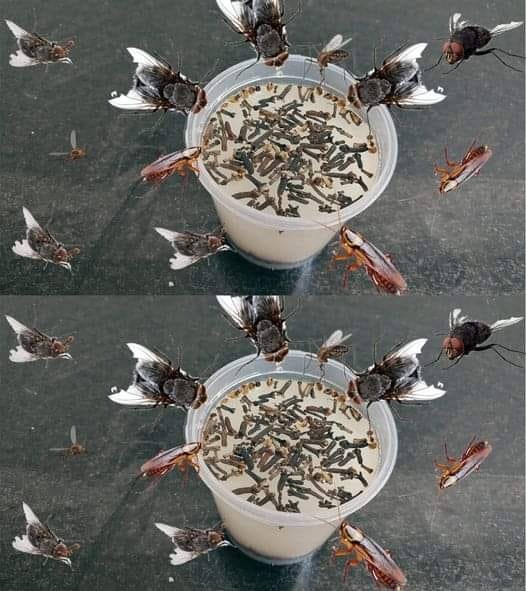Refrigerators and Freezers
- Why Not? These appliances require a significant amount of power to maintain consistent cooling. When the compressor cycles on, it creates a power surge that can overload a power strip.
- Solution: Always plug refrigerators and freezers directly into a wall outlet.
Microwaves
- Why Not? Microwaves consume a lot of energy, particularly when running at high power settings. A power strip may not handle the load, causing overheating.
- Solution: Use a dedicated wall outlet for your microwave to avoid electrical hazards.
Space Heaters
- Why Not? Space heaters draw a lot of electricity and can become very hot. A power strip is not built to manage such high temperatures or electrical loads, which can lead to a fire.
- Solution: Plug your space heater directly into a wall outlet and avoid using extension cords or power strips.
Hair Dryers and Straighteners
- Why Not? These beauty appliances heat up rapidly and use a high amount of wattage, posing a risk to the power strip’s wiring.
- Solution: Use a wall outlet for these devices and unplug them when not in use.
Coffee Makers
- Why Not? Like microwaves, coffee makers consume a lot of electricity, especially during the brewing process.
- Solution: Plug your coffee maker directly into a wall outlet.
Air Conditioners
- Why Not? Air conditioners require a stable and high electrical output, which power strips cannot provide. The overload risk is significant.
- Solution: Always plug air conditioners into a dedicated wall outlet.
Power Tools
- Why Not? Tools like drills, saws, and compressors need a surge of power to operate efficiently. A power strip cannot handle these surges and might fail.
- Solution: Use a wall outlet or a heavy-duty extension cord rated for the tool’s power requirements.
High-End Electronics (e.g., Gaming Consoles, TVs)
- Why Not? While power strips often include surge protection, they may not provide adequate protection for sensitive electronics. Over time, fluctuations in power can damage these devices.
- Solution: Use a surge protector specifically designed for high-end electronics or plug them into a wall outlet.
Washing Machines and Dryers
- Why Not? These appliances are designed to draw a large amount of current, which power strips cannot handle safely.
- Solution: Use a dedicated outlet designed for these heavy appliances.
Extension Cords
- Why Not? Plugging an extension cord into a power strip increases the load and risk of overheating. This setup is called “daisy-chaining” and is a fire hazard.
- Solution: Avoid connecting extension cords to power strips altogether.
General Safety Tips for Using Power Strips
- Check the Rating: Always ensure the power strip’s maximum load matches the devices you plan to plug in.
- Avoid Overloading: Keep the total wattage of all devices below the strip’s capacity.
- Inspect for Damage: Regularly check your power strip for frayed cords, cracks, or signs of overheating.
- Use Surge Protectors: Invest in power strips with built-in surge protection to safeguard your electronics during power surges.
- Don’t Use in Wet Areas: Never place a power strip in damp areas like bathrooms or kitchens where water exposure is possible.
Conclusion
While power strips are helpful for powering multiple devices simultaneously, they are not suitable for every appliance. Knowing which devices to avoid plugging into a power strip can protect your home from electrical hazards and extend the life of your electronics. When in doubt, always refer to the manufacturer’s guidelines or consult a licensed electrician. Stay safe and use power strips responsibly!






